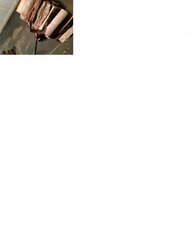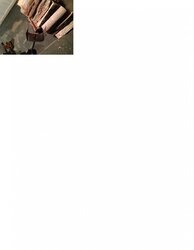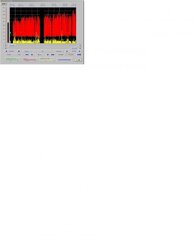Hi, searched the site for what I was looking for but could not pin down the answer. I have been burning without storage 24/7 during the winter months for 5 years, love my Tarm but suddenly yesterday started getting puff backs, smoke would not clear from the fire box and no good gasification in the secondary. Blamed it on being 5 weeks since being cleaned and sudden warm temperatures. Did a good cleaning, tubes, stove pipe, ashes in lower and restarted. Still not good, no gasification, real weak flame, no flue temp, opened tamper let fan run and still wasn't clearing smoke from fire box.
Noticed fan didn't sound like it normally does. Took off top shield and what they show in my manual as 'B' (fan damper I am guessing) started banging like it was stuck. I cleaned the fan, played around with 'A' which I have never touched, moved 'B' back and forth and it seemed to loosen it up. Turned it on and starting burning again more like normal, fan sounded better, but I would like to understand how I should set (A and B) because the manual does not help at all.
Any suggestions or explanations would be greatly appreciated.
Gary, Northeast Kingdom of VT.
Noticed fan didn't sound like it normally does. Took off top shield and what they show in my manual as 'B' (fan damper I am guessing) started banging like it was stuck. I cleaned the fan, played around with 'A' which I have never touched, moved 'B' back and forth and it seemed to loosen it up. Turned it on and starting burning again more like normal, fan sounded better, but I would like to understand how I should set (A and B) because the manual does not help at all.
Any suggestions or explanations would be greatly appreciated.
Gary, Northeast Kingdom of VT.


 I liked the explaination of the A and B and will look closely at mine and put that on my checklist.
I liked the explaination of the A and B and will look closely at mine and put that on my checklist.

